Air Botswana is excited to unveil the commencement dates for the scheduled new routes and reinstatement of Johannesburg to Maun return and Johannesburg to Kasane respectively. The expansion is intended to ease flights connectivity between destinations within Southern Africa, making travel fun and cost effective.
Packing for your trip to Southern Africa

Are you planning on heading off on a spectacular South African safari sometime soon? We have put together a handy packing guide to help you get ready for your trip!
Africa is a continent full of beauty, majesty and wonder. One of the best things to do on an African vacation is set off on a safari adventure.
Picture yourself hopping into a game drive vehicle and rambling across the grassy plains as the sun rises over the horizon. Birds chirp and flutter through the trees while an exciting variety of animals emerge to greet the dawn. It is one of the most unforgettable African experiences you can enjoy!
South Africa is a popular safari destination with travelers; famous safari spots include the Kruger National Park, Pilanesberg as well as world-class reserves in the Eastern Cape.
1. Seasonal Clothing
South Africa is an ideal place to visit during any time of year, but because the country is in the Southern Hemisphere, your seasons will likely be reversed. Pack lightweight summer apparel from November through March, when temperatures typically reach 30-40° C (86-104° F).
Include a few t-shirts, long sleeve shirts, shorts, cotton pants, and a light jacket. Bathing suit and sunscreen.
Pack warmer clothes from June through August, when evening temperatures can dip down into the single digits C (around 40° F).
Bottom line is…pack to be able to layer up.
- Buffs and sarongs/kimono’s are extremely handy.
- 3 pairs of shoes: Light comfortable all weather training shoes, Sturdy hiking boots(already worn in!) and comfortable sandals/flip flops.
- Sunglasses. Glass lenses are way better as they won’t scratch as easily with the dust, especially on open Game Drive vehicles.
- On Safari, sturdy and worn in Hiking Boots.
- A hat that fits securely on your head.
- Women may want to add a sports bra, especially for Game Drives on bumpy gravel roads…what is known as an African massage!
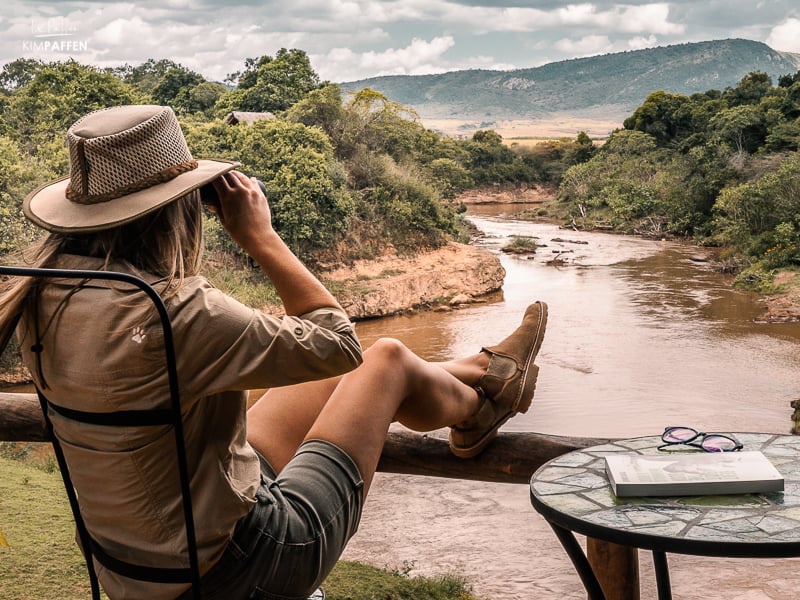
2. Electronics
- a Camera and spare batteries, your chargers, adapters and extra memory cards.
- Binoculars or a telephoto camera lens.
- Cell phone and charger. Contact your service provider before your trip to make sure your phone will work locally in South Africa. It may be necessary to “unlock” the phone and purchase an international roaming package. Local sim cards are freely available. If you have an extra mobile phone bring it, so as you can stay in touch and online without having to ‘roam’.
- Should you take laptops, remember to get a Multi adapter.
- Hair dryers - most hotels and lodges do supply.
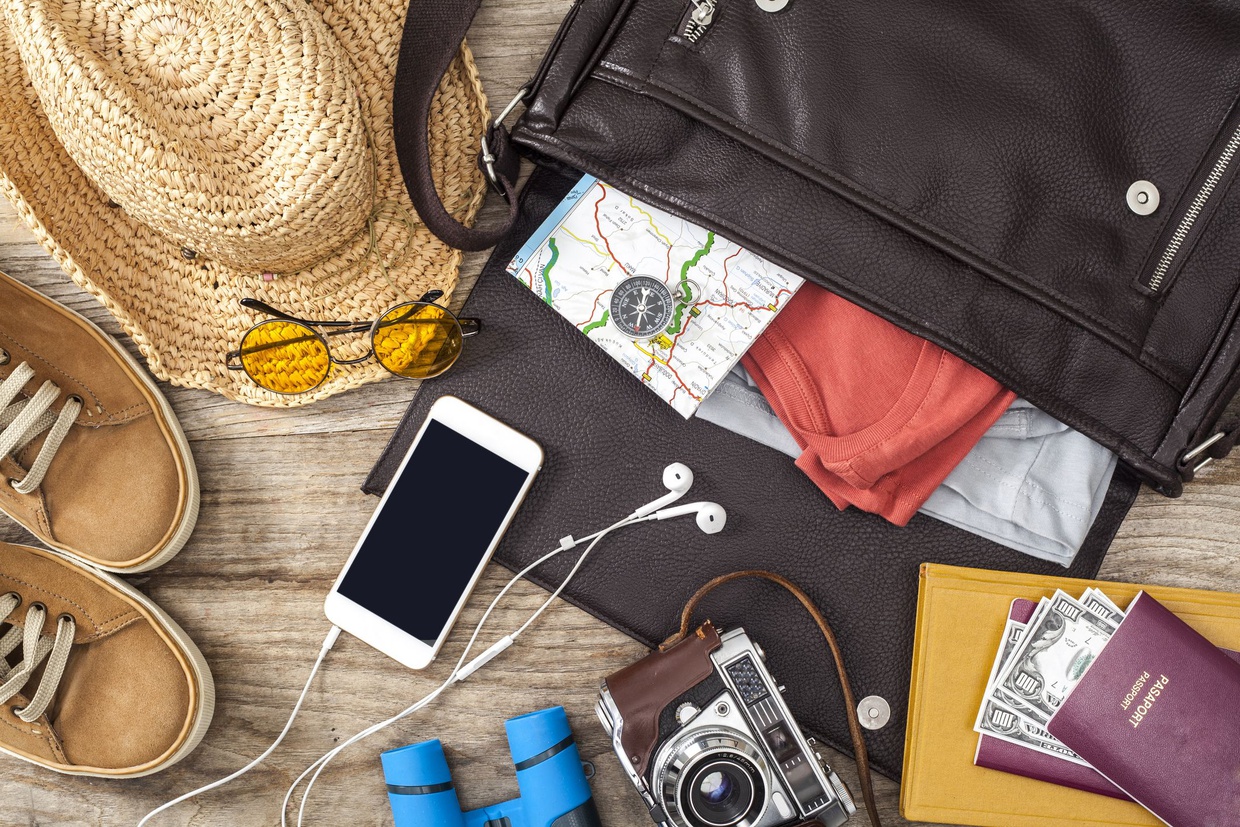
3. Download a Map
Data plans in South Africa are extremely expensive and eat up data faster than you’d expect, so it’s best to have the map already downloaded onto your phone so you can always look up directions. Try Maps.me and pre-download the required maps. This you can then use offline:
https://maps.me/
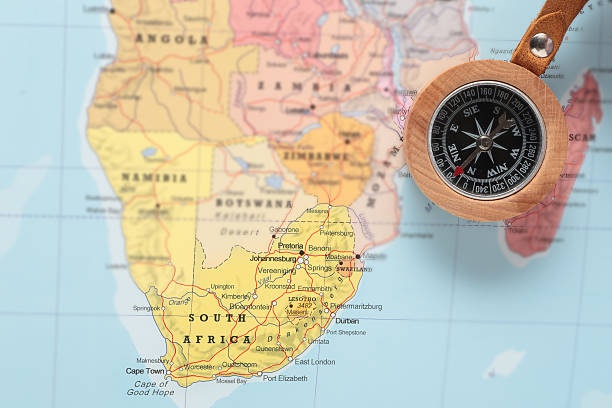
4. Drivers License
Good to know: If your Drivers Permit is in any other language than English, you will need to apply for an International Drivers licence before you arrive.
5. Medical Essentials
The Centers for Disease Control say the relative risk of visitors contracting malaria in South Africa is “low” but still recommends taking precautions to limit mosquito bites. Insect repellent is a must, most hotels do also supply in the rooms.
Do contact your doctors for anti-malaria medication prescriptions before entering South Africa. Whenever possible, sleep under the mosquito netting provided by your hotel or lodge. Especially during sunset and sunrise use repellent liberally.
Note on Malaria – the higher risk areas will always be around towns and villages where there is more dirty stagnant water AND many more people that could help carry the virus.
When returning home after your Southern Africa visit and you feel flu-ey, headaches and fevers – IMMEDIATELY go to your Doctor and inform him that you were in potential Malaria areas!
6. Yellow Fever Vaccinations
You are required to have a yellow fever vaccination for South Africa if you’ve visited at-risk areas (mainly African and South American countries).
Please visit:
https://www.southafrica.net/gl/en/travel/article/yellow-fever-entry-requirements
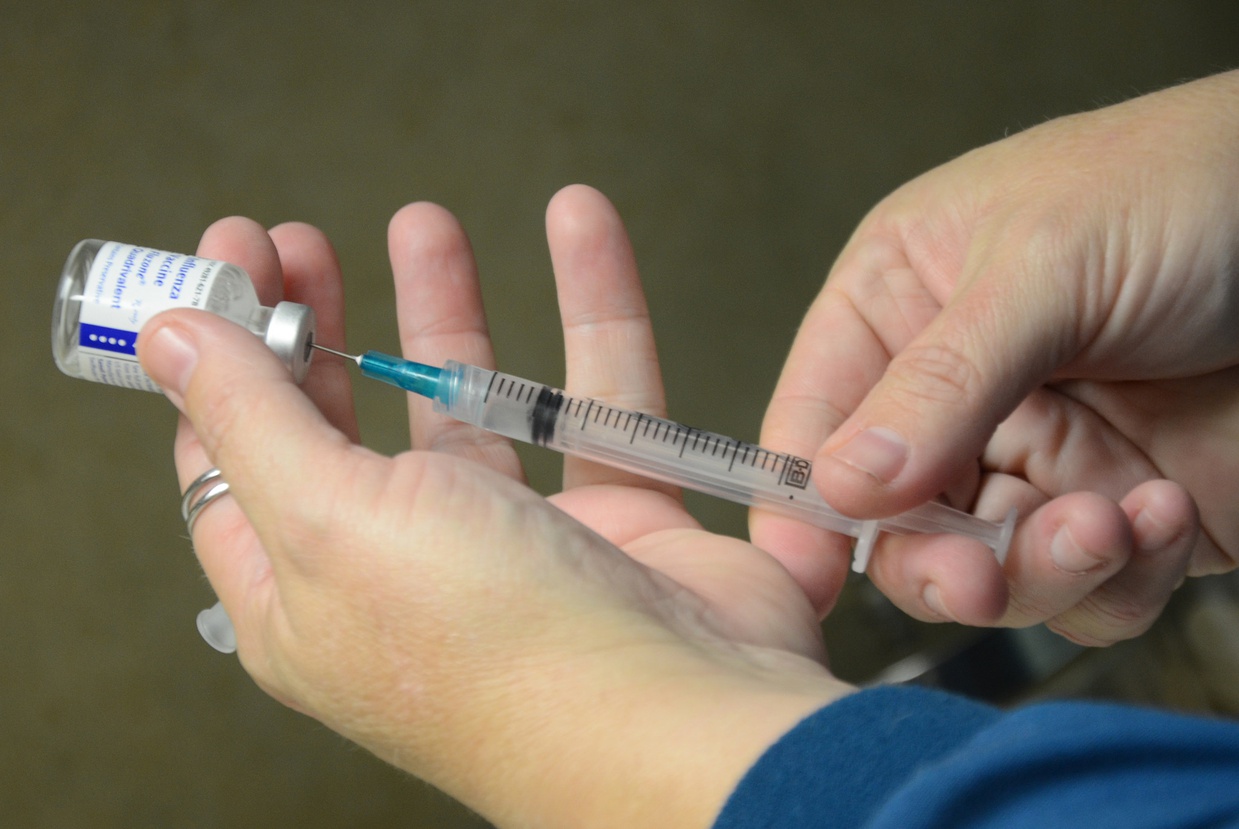
7. Visas
Check this link for Visa exempt countries to South Africa:
http://www.dha.gov.za/index.php/immigration-services/exempt-countries
8. South Africa Packing Checklist
Here’s a brief summary of the essentials for any Southern Africa packing list:
- ID documents (passport, driver’s license, visa)
- Money, credit cards
- Appropriate seasonal clothing and undergarments
- Bathing suit, sunscreen
- Sunglasses, hat
- Basic toiletries
- Cameras, batteries
- Laptop, cell phone, chargers
- Power outlet adapter
- Insect repellent
- Anti-malaria medication, if desired
- Insulated Water Bottle – 350 - 500ml
- Bandanna or Buff
If you have visited before – go and have another great and lekker time…feed your Soul!
If you have not been here before, you are soooo fortunate, because there is so much to look forward to!
Something extra if you want to help and assist in a sustainable way…
Pack for a Purpose
Pack for a Purpose is an organization that will assist you to assist others…Check this link online as well, to see who they are, where they are supported and how you can help others by packing or buying something helpful for those less fortunate:
Please visit:
https://www.packforapurpose.org/about-us/
https://www.packforapurpose.org/how-to-pack/
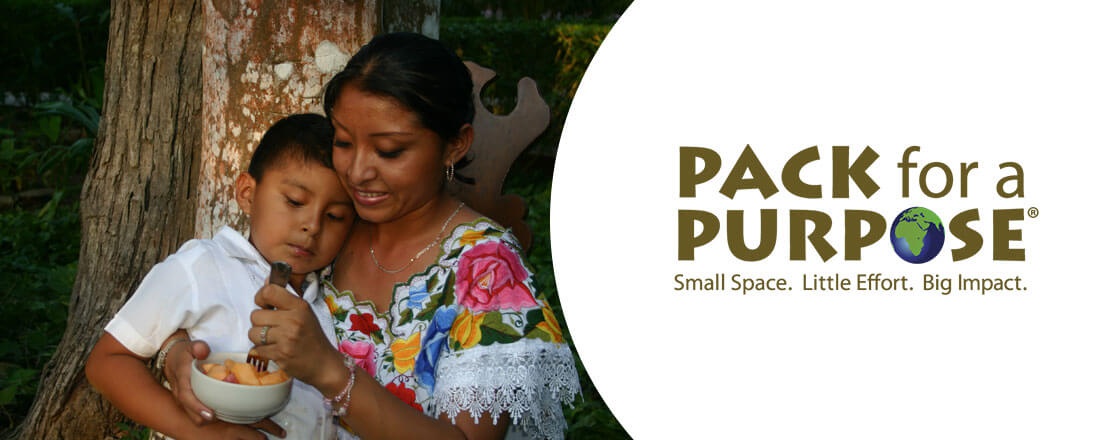
Below are some basic tips and advice on how and what to pack for a purpose:
Before You Pack:
Check with your airline and travel agent to determine the current luggage allowance to your destination.
For Custom rules and regulations, check with the Embassy from the country you plan to visit. Or you can check with the specific accommodation/tour company that you plan to stay at or use. They should be aware of the current rules at the specific time you are traveling.
Buy Locally:
Some participants may provide an option to buy supplies locally. This information will be posted on their individual page. We support buying locally whenever possible.
School Supplies:
To save space, take the following items out of their original packaging and place them in the lightest possible paper or fabric resealable bags: pens, pencils, erasers, individual pencil sharpeners, solar calculators, and protractors. Many countries have now banned plastic bags, even reusable ones .
The following items should be kept in their original packaging to prevent breakage: crayons, chalk, and coloured pencils. Plastic and wooden rulers should be wrapped in bubble wrap to prevent breakage. Games such as Scrabble®, Connect Four®, Dominoes® and Bananagrams® should be left in their original packages.
Medical Supplies:
Be sure to check the Customs regulations of the country you are visiting if you plan to take any requested medications, as what is allowed varies by country. Even over-the-counter medications may not be allowed in some countries. Any medicines that you take should have an expiration date at least eight months after the time you are taking them.
Expensive items such as stethoscopes, blood pressure cuffs, etc., should be put in plastic or fabric resealable bags and packed in your carry-on luggage.
The following new items should be taken out of their original packaging and placed in the lightest possible paper or fabric resealable bags: Band-Aids, bandages and any other items where the weight would be reduced by eliminating the original packaging.Many countries have now banned plastic bags, even reusable ones .
Soccer Balls:
Soccer balls should be deflated by moistening an inflation needle and carefully inserting it into the valve. After the needle is inserted, gently apply pressure to the ball until it is deflated. Remove the needle and tape it to the deflated ball. The deflated balls can be stacked to save space. Soft items such as socks can also be positioned in the cavities. Each deflated soccer ball will weigh about 1 lb (0.45 kg).
For your convenience, pack all items so they can be easily located within your luggage and dropped off when you arrive at your destination.
Further Reading
The Travelife Partner level award was received by Out & About Africa (South Africa). The award recognizes the long-term efforts of Out & About Africa regarding sustainability and Corporate Social Responsibility. Out & About Africa complies with more than 100 criteria, related to an operator’s office management, product range, international business partners and customer information. The Travelife Partner level standard is covering the ISO 26000 Corporate Social Responsibility themes, including environment, biodiversity,...
Southern Africa is a popular destination for tourists from around the globe. The beautiful landscapes and vibrant cultures have undeniable appeal, so it’s only natural for one to want a keepsake and perhaps some gifts for friends and family. It is very important to make responsible purchasing choices when picking up these mementos.



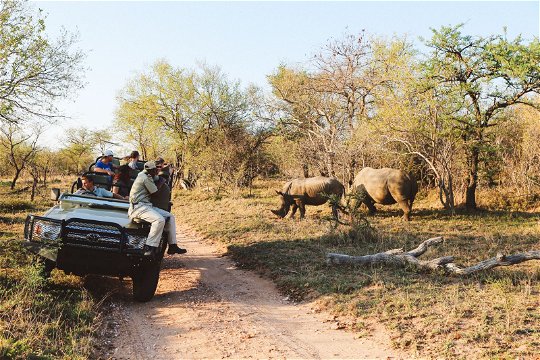








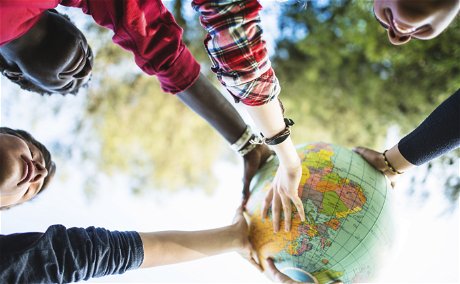
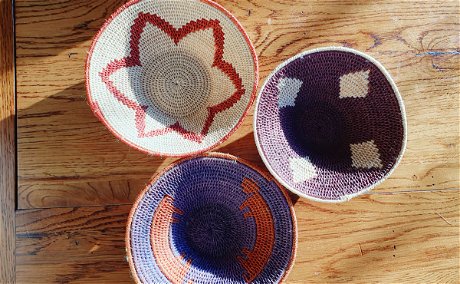
Share This Post